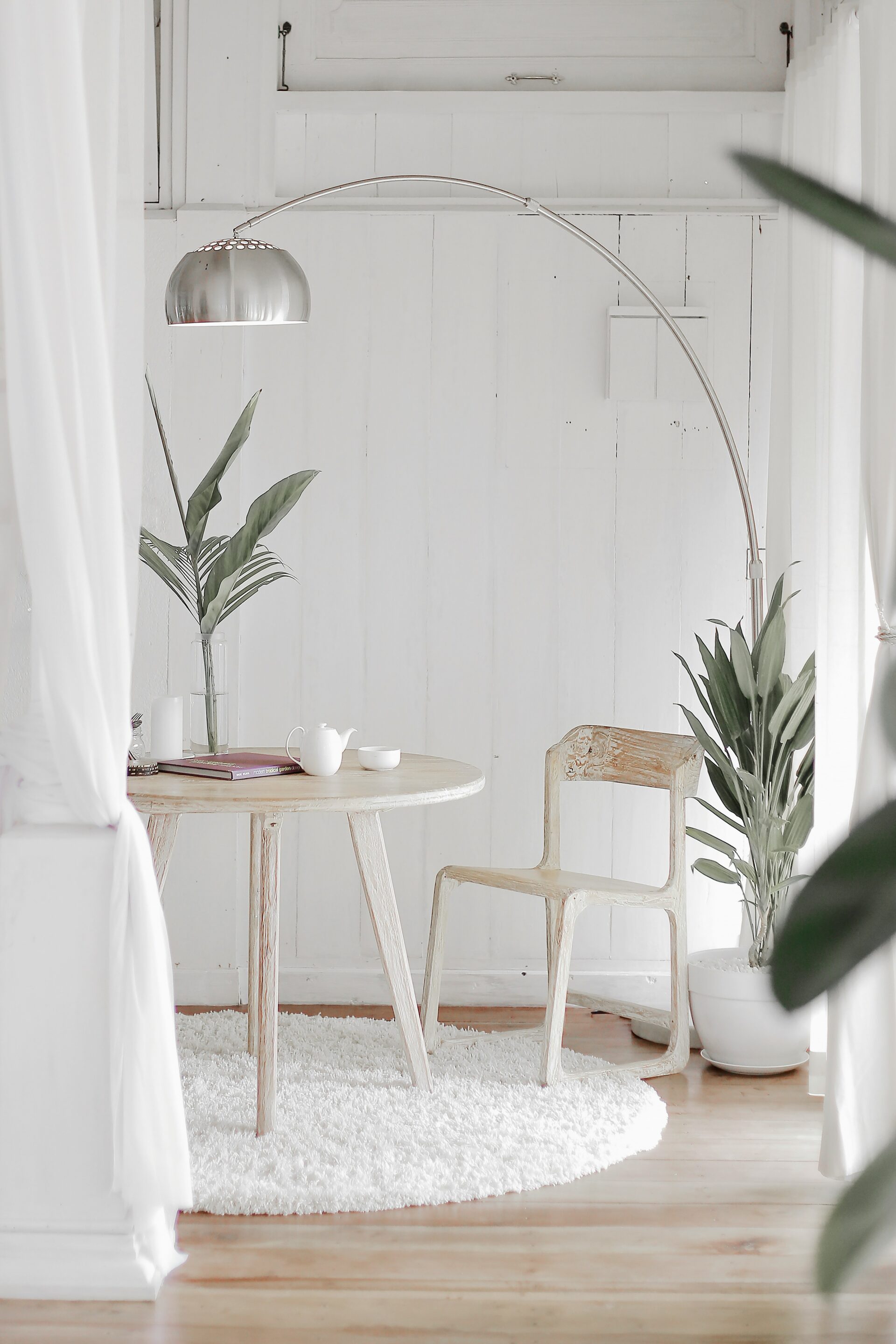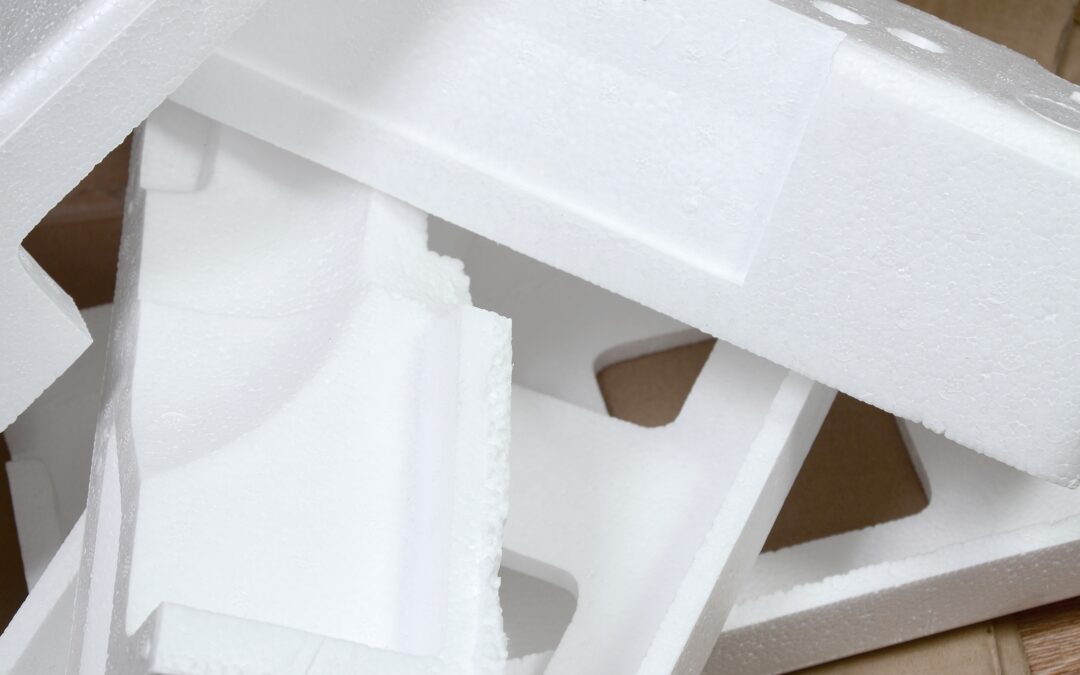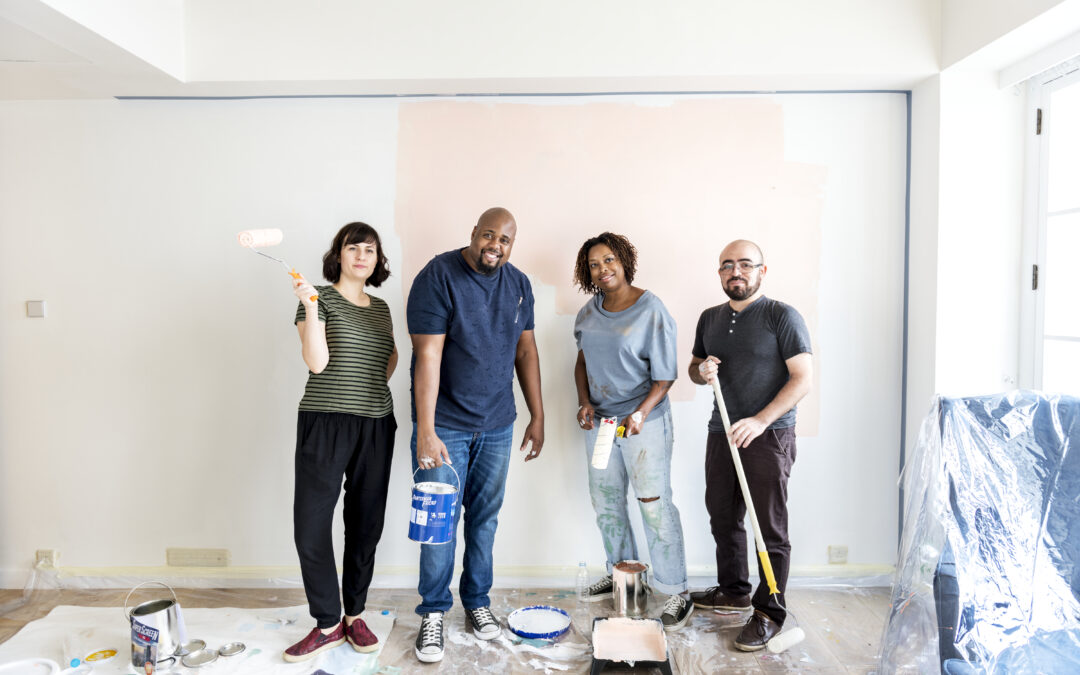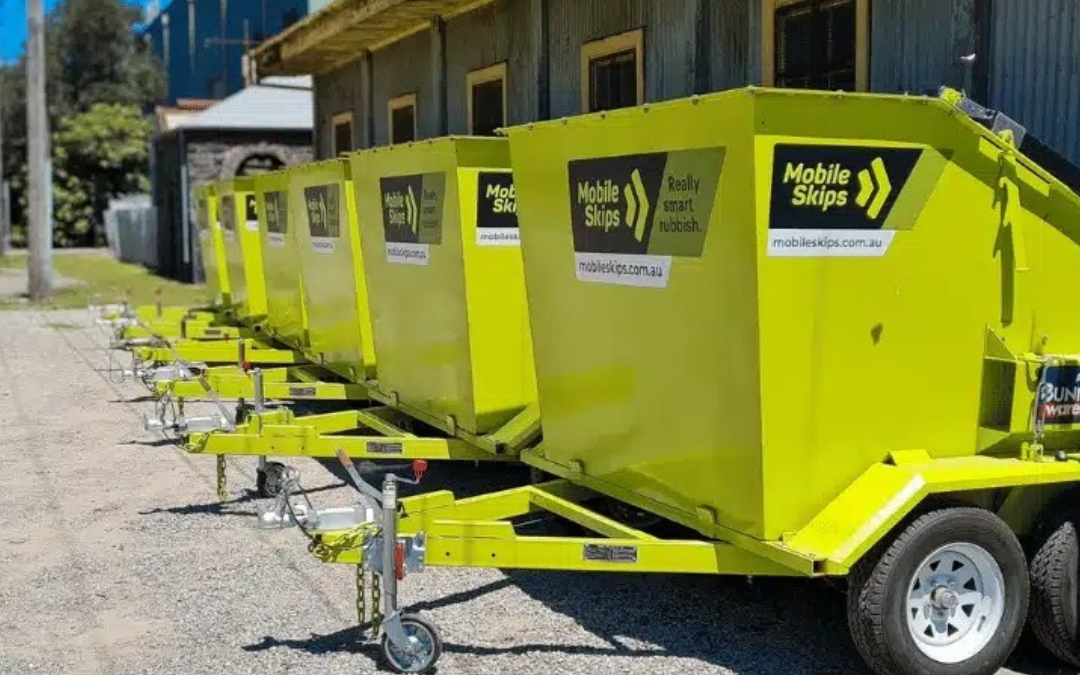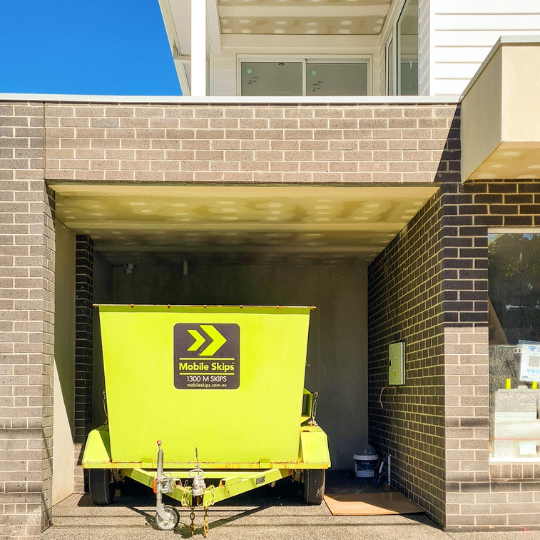Budgeting for Renovations
Realistic Budgeting Tips
Setting a budget that won’t make you pull your hair out is crucial. Here’s how to keep your renovation dreams from turning into nightmares:
-
Break It Down: Before you even think about swinging a hammer, list out every possible expense. We’re talking materials, labor, permits, and any extra services. Once you’ve got your list, tack on an extra 10% for those “oops” moments (Forbes).
-
Stash Some Cash: Renovations love to throw curveballs. Set aside an extra 20% of your budget for those unexpected surprises (Laurysen Kitchens). This way, you won’t be scrambling for funds when things go sideways.
-
Know Your Limits: Make sure your budget fits your wallet. Check your finances and figure out how much you can realistically spend. This will help you avoid the dreaded overspend.
| Expense Category | Estimated Cost | Extra 10% | Total Budget |
|---|---|---|---|
| Materials | $5,000 | $500 | $5,500 |
| Labour | $3,000 | $300 | $3,300 |
| Permits | $500 | $50 | $550 |
| Additional Services | $1,000 | $100 | $1,100 |
| Total | $9,500 | $950 | $10,450 |
Setting Aside Extra Funds
To keep your budget from blowing up, plan for the unexpected:
-
Expect Delays: Plan everything out before you start. This helps avoid costly delays and keeps things moving.
-
Add a Buffer: Throw in an extra 20% to your estimated costs. This covers potential issues, change orders, price hikes, and inflation (Nationwide).
By following these tips, you’ll be ready for whatever your renovation throws at you. For more handy advice, check out our articles on DIY home renovations and budget-friendly home renovations.
Keeping Your Home’s Charm
Keeping the Original Vibe
When you’re diving into DIY home renovations, it’s key to keep the original vibe of your home alive. Not only does it make your place look awesome, but it also bumps up its resale value. Here’s how to keep that charm:
- Dig Into Your Home’s Past: Knowing your home’s architectural style can steer your renovation choices. Whether it’s Victorian, Edwardian, or Modernist, each has its own cool features worth saving.
- Match Materials and Colors: Stick with materials and colors that fit the original design. Got timber floors? Refinish them instead of swapping them out for something else.
- Restore, Don’t Replace: Whenever you can, fix up original features instead of ditching them. Original woodwork, moldings, and fixtures bring character that new stuff just can’t match.
For more ideas on keeping your home’s original charm, check out our DIY home improvement projects.
Adding New Stuff That Fits
While keeping the original look is important, adding new stuff that fits in can make your home even better. Here’s how to do it right:
- Mix Old and New: When adding new features, make sure they go well with the original architecture. Modern touches can look great with traditional designs if you do it right.
- Think Proportions and Scale: Make sure any new additions match the size of the existing structure. Big features can overshadow the original design, while tiny ones might look weird.
- Use Matching Materials: Pick materials that go well with the original construction. If your home has brick walls, use similar bricks for any extensions or garden walls.
For more tips on making new additions that fit, visit our budget-friendly home renovations.
| Feature | Original Material | Suggested Addition |
|---|---|---|
| Flooring | Timber | Refinished timber or matching laminate |
| Walls | Brick | Matching brick or complementary cladding |
| Fixtures | Vintage | Restored vintage or vintage-look |
By focusing on keeping the original charm and adding new elements that fit, you can turn your home into a sweet mix of old and new. For more inspiration, explore our DIY home renovation ideas.
Functionality Over Form
When you’re diving into home renovations, especially if you’re a DIY enthusiast, it’s smart to put practicality first. Sure, a pretty space is nice, but if it doesn’t work for you, what’s the point? Let’s talk about making your home both beautiful and functional.
Practical Considerations
Practicality is the secret sauce of any successful home makeover. Here are some things to keep in mind:
-
Traffic Patterns: Think about how people move around your home. Make sure doorways, hallways, and common areas are clear of obstacles. This keeps things flowing smoothly and avoids clutter (Nationwide).
-
Placement of Essentials: Where you put doors, windows, and electrical outlets matters. Bad placement can be a real pain and even dangerous.
-
Safety First: Fix the important stuff first—like roofs, siding, gutters, and security features—before you get into the pretty stuff (LeafFilter).
-
Budget-Friendly Compromises: Sometimes you gotta make trade-offs. Choosing composite countertops over granite can save you money without looking cheap (Laurysen Kitchens).
| Practical Aspect | Consideration |
|---|---|
| Traffic Patterns | Keep pathways clear and clutter-free |
| Placement of Essentials | Smart placement of doors, windows, and outlets |
| Safety | Prioritize safety repairs |
| Budget Compromises | Opt for cost-effective alternatives |
Ensuring Practicality in Design
Making smart design choices can make your home both functional and long-lasting. Here are some tips:
-
Quality Materials: Spend a bit more on things like door handles, faucets, and kitchen cabinets. These get used a lot and can really affect how your home feels (Architectural Digest).
-
Durability and Maintenance: Pick materials that look good but are also tough and easy to clean. This saves you time and money down the road.
-
Multi-Functional Spaces: Design rooms that can do double duty. A kitchen island can be a dining table or a workspace. This is super handy in smaller homes.
-
Future-Proofing: Think about how your needs might change. Create spaces that can adapt over time.
-
Efficient Waste Management: Plan for easy waste removal and eco-friendly disposal during your renovation. Check out our article on waste management strategies for more tips.
| Design Consideration | Practical Tip |
|---|---|
| Quality Materials | Invest in high-quality, frequently used items |
| Durability | Choose durable and low-maintenance materials |
| Multi-Functional Spaces | Design spaces to serve multiple purposes |
| Future-Proofing | Create flexible spaces for future adaptability |
| Waste Management | Plan for efficient and eco-friendly disposal |
By focusing on functionality, you can create a home that’s not just pretty but also works for you. For more DIY home renovation ideas and tips on budget-friendly home renovations, check out our other articles.
Quality Materials Selection
Doing a DIY renovation? Picking the right materials is a game-changer. It keeps your home looking sharp and saves you cash in the long run. Let’s talk about why durable materials matter and how to get the best bang for your buck.
Why Durable Materials Matter
Going for durable materials is a no-brainer. Sure, cheap stuff might look good on your wallet now, but you’ll be paying for it later with replacements and repairs. According to Nationwide, investing in high-quality materials is the way to go. Think about it: skimping on door hardware, faucets, or kitchen cabinets can mess up your home’s vibe and value (Architectural Digest).
| Material | Average Lifespan (Years) |
|---|---|
| High-Quality Door Hardware | 10-15 |
| Premium Faucets | 15-20 |
| Solid Wood Kitchen Cabinets | 20-30 |
Longevity vs. Cost
Balancing durability and cost is the sweet spot for any DIY project. High-quality stuff might cost more upfront, but it saves you from constant repairs. For example, snagging slightly imperfect cabinets at $50 each from a local shop can be a steal compared to pricey alternatives (Apartment Therapy).
Check out refurbished or repackaged kitchen and bathroom fixtures on Amazon Warehouse. You can score big discounts, sometimes saving up to $500 on a single item (Apartment Therapy). Tools like camelcamelcamel can help you track price drops on the stuff you need.
| Item | Approximate Savings |
|---|---|
| Floor Model Appliances | Up to 50% |
| Slightly Imperfect Cabinets | $200+ |
| Refurbished Fixtures | $500+ per item |
Investing in durable, high-quality materials is a smart move for any home renovation project. For more tips on cost-effective renovations, check out our guide on diy home renovation on a budget. Also, explore diy home renovation tools to make sure you have the right gear for your project.
Spruce Up Your Home’s Curb Appeal
Want to make your home the envy of the neighborhood and maybe even boost its value? Here are some easy and budget-friendly tips to give your home’s exterior a fresh look.
Landscaping Magic
Landscaping can make or break your home’s first impression. A well-kept yard can make your home look inviting and well-loved. Here’s how to make your yard shine:
- Lawn Love: Keep your grass green and lush with regular mowing, watering, and fertilizing.
- Flower Power: Brighten up your garden with colorful flowers. They can make your home look cheerful and inviting.
- Tree TLC: Trim those overgrown trees and get rid of dead branches to tidy up your yard.
- Pathway Perfection: Add some charm with clean, defined pathways using stones or bricks.
| Landscaping Task | Estimated Cost (AUD) |
|---|---|
| Lawn Care | $50 – $200 |
| Planting Flowers | $30 – $100 |
| Tree Maintenance | $100 – $500 |
| Pathways | $200 – $1000 |
Wallet-Friendly Upgrades
You don’t need to spend a fortune to make your home look great. Here are some budget-friendly tips to boost your curb appeal:
- Front Door Facelift: A fresh coat of paint on your front door can make a huge difference. Pick a color that pops!
- House Numbers: Swap out those old house numbers for something sleek and modern.
- Light It Up: Outdoor lighting can highlight your home’s best features and add a layer of safety.
- Gutter and Roof Clean-Up: Clean gutters and a tidy roof can make your home look well-maintained.
| Budget-Friendly Improvement | Estimated Cost (AUD) |
|---|---|
| Painting the Front Door | $50 – $150 |
| Upgrading House Numbers | $20 – $50 |
| Installing Outdoor Lighting | $50 – $200 |
| Cleaning Gutters and Roof | $100 – $300 |
For more wallet-friendly renovation ideas, check out our article on budget-friendly home renovations.
Why Bother?
Boosting your home’s curb appeal isn’t just about looks. It can also increase your home’s value and make it a more welcoming place. For more tips on transforming your space, take a peek at our guides on DIY home renovation ideas and DIY outdoor renovations.
Decluttering for Renovations
Starting a home renovation can be super exciting, but first, you gotta clear out the clutter. Here’s how to turn your messy space into a clean slate and enjoy the perks of a tidy home.
Turning Mess into Magic
Before you dive into renovations, decluttering is a must. It frees up space and makes everything run smoother.
- Start Small: Pick one room or even just a corner. Small wins can boost your motivation.
- Sort Stuff: Make three piles – keep, donate, and toss. This helps you figure out what you really need.
- Use a Checklist: Check out our decluttering checklist to make sure you don’t miss anything.
- Rent a Skip Bin: Got a lot of junk? Rent a skip bin for easy disposal. Mobile Skips has great tips and services to help you out.
Why a Tidy Space Rocks
A clean, organized home isn’t just about looks. Here’s why it’s awesome:
- Work Faster: When everything’s in its place, you can find tools and materials quickly, speeding up your project.
- Feel Better: Clutter can stress you out. A neat space helps you feel calm and happy.
- Plan Better: With junk out of the way, you can see your space clearly and plan your renovation better.
- Stay Safe: Less clutter means fewer accidents, especially when you’re using tools.
| Benefit | Why It’s Awesome |
|---|---|
| Work Faster | Find tools and materials quickly, speeding up your project. |
| Feel Better | A tidy space helps you feel calm and happy. |
| Plan Better | Clear areas help you see and plan your renovation better. |
| Stay Safe | Less clutter means fewer accidents. |
For more DIY home improvement ideas, visit our DIY home improvement projects page.
Decluttering is the first step to a successful renovation. It sets you up for a smooth, stress-free project. For more tips on decluttering and organizing, check out our DIY decluttering tips and DIY organization ideas.
Waste Management Strategies
Efficient Waste Removal
When you’re knee-deep in a DIY home renovation project, getting rid of waste efficiently is a must. Not only does it keep your space from looking like a tornado hit it, but it also helps Mother Earth. Here’s how to do it right:
-
Plan Ahead: Before you even pick up a hammer, figure out what kind of mess you’ll be making and how you’ll get rid of it. For big jobs, renting a skip bin can be a lifesaver.
-
Use Skip Bins: These big bins are perfect for chucking out heaps of waste. They make it easy to sort and dispose of different types of junk. If you’re in Geelong, plan ahead to make sure your skip bin hire goes smoothly (Mobile Skips).
-
Mobile Skip Bins: For smaller projects or if you’re tight on space, mobile skip bins are the way to go. They’re super handy for home renovations and cleanups.
-
Regular Disposal: Don’t let the trash pile up. Make waste disposal a regular part of your routine to keep things safe and tidy.
-
Local Services: Use local waste removal services for quick and eco-friendly disposal. In Perth, hiring a skip bin can make your life a whole lot easier (Mobile Skips).
Eco-Friendly Disposal Methods
Want to be kind to the planet while you renovate? Here’s how to get rid of waste without leaving a big carbon footprint:
-
Recycle: Separate out recyclables like metals, plastics, and wood. Many local councils have recycling programs that make it easy to do the right thing.
-
Donate: Got stuff that’s still in good shape? Donate it! Furniture, appliances, and fixtures can find a new home through local charities or second-hand shops.
-
Compost: Organic waste like wood scraps and plant material can go into a compost pile. This is especially handy for DIY garden renovations.
-
Hazardous Waste: Don’t just chuck paints, solvents, and chemicals in the trash. Follow local guidelines for disposing of hazardous materials properly.
| Waste Type | Disposal Method |
|---|---|
| Metals | Recycle at local facility |
| Plastics | Recycle at local facility |
| Wood | Compost or recycle |
| Furniture | Donate or recycle |
| Appliances | Donate or recycle |
| Hazardous Waste | Special disposal facility |
By using these eco-friendly methods, you’ll make sure your renovation is both effective and kind to the environment. For more DIY home renovation ideas and tips, check out our other articles on DIY decluttering methods and budget-friendly home renovations.

